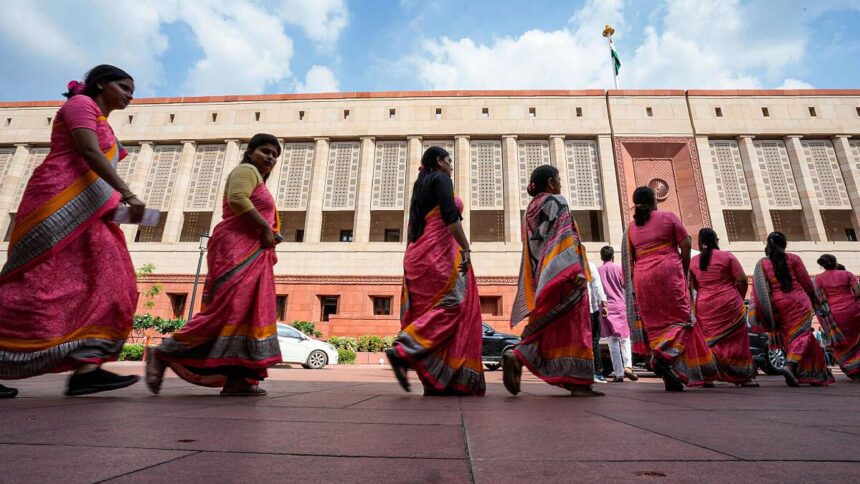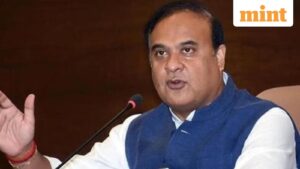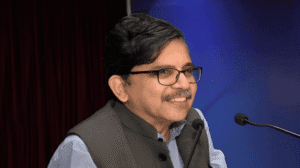Women visitors arrived at the Parliament House on the day of the debate regarding the Women’s Reservation Bill in the Lok Sabha during the special session in New Delhi on September 20, 2023.
The BJP government introduced the Women’s Reservation Bill as the first order of business in the new Parliament House on September 19. Prime Minister Narendra Modi described the Bill as a historic decision, claiming divine guidance in the endeavor to grant rights to women. The Bill was unanimously passed in the Rajya Sabha on September 21, following near-unanimous approval in the Lok Sabha.
Originally introduced in 1996 by the H.D. Deve Gowda-led United Front government, the Bill faced multiple reintroductions but consistently failed to gain approval, ultimately lapsing with the dissolution of the Houses.
The 128th Constitutional Amendment Bill, 2023, known as the Nari Shakti Vandan Adhiniyam, proposes that one-third of the seats in the Lok Sabha and State Assemblies be reserved for women. However, implementation hinges on a delimitation exercise, scheduled for completion in 2026, utilizing data from the most recent Census after the Bill’s passage. As a result, the earliest possible implementation is projected for the 2029 general election.
Once enacted, at least 181 women members, making up approximately 33.3% of the Lok Sabha, will be required. Currently, there are 82 women members, representing 15% of the Lok Sabha. Over 70 years of India’s electoral history have seen the share of women parliamentarians not surpassing the 15% mark. In the 2019 general election, their representation among total candidates was even lower, at 9%, a threshold never exceeded historically.
In State Legislative Assemblies, the percentage of women MLAs is substantially lower, with only one State—Tripura—reaching the 15% mark. In 20 States and Union Territories, women members comprise less than 10% of Legislative Assemblies, including Gujarat (8.2%), Maharashtra (8.3%), Andhra Pradesh (8%), Kerala (7.9%), Tamil Nadu (5.1%), Telangana (5%), and Karnataka (4.5%).
The 2023 elections saw Nagaland elect its first two women MLAs. Mizoram has not had a woman MLA in the past seven Assemblies.
Women constitute only 13.5% of the sitting members of the Bharatiya Janata Party, the largest party in the Lower House. The Biju Janata Dal leads in women representation with 41.7% of its MPs, followed by the Trinamool Congress at 40.9%. State-wise analysis indicates that the Trinamool Congress in West Bengal has the highest share of women MLAs at 15.3%, while Congress in Chhattisgarh follows with 14.7%. In contrast, parties like Congress in Karnataka (3%), the Bharat Rashtra Samithi in Telangana (3.4%), and the Dravida Munnetra Kazhagam in Tamil Nadu (4.5%) reported some of the lowest proportions.
India’s Parliament also ranks among the lowest worldwide for women representation. Compared to BRICS nations, including new members, India holds the second-lowest representation rate at 15%, just above Iran’s 6%. In contrast, South Africa and Ethiopia have made significant advances in female representation in their national legislatures.
Source: Trivedi Centre for Political Data’s Indian elections dataset, Election Commission of India, Inter-Parliamentary Union.
Published – September 24, 2023, 10:07 am IST.










